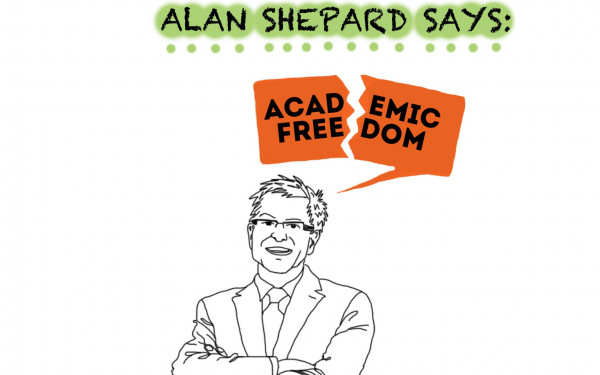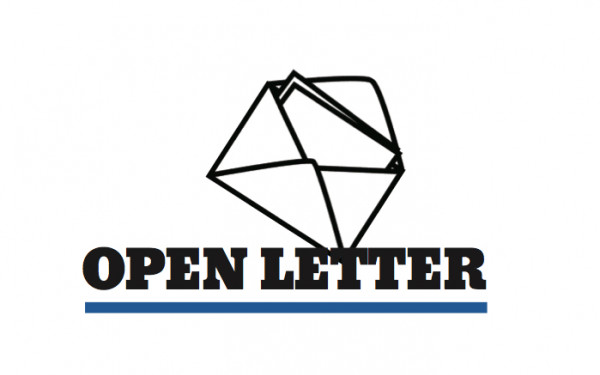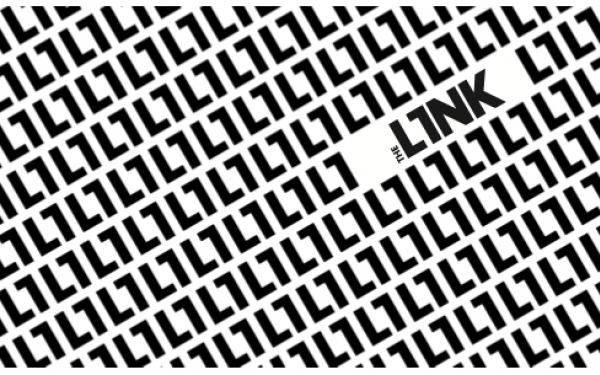Making Sense of Hydro-Québec’s Ties with Israel
Energy as Colonialism Here and Abroad
Sustainable development is a buzzword these days.
It’s a term that encompasses many different concepts; it covers economic issues, social responsibility, and environmentalism. But what are the social and cultural effects of sustainable energy projects?
The purpose of sustainable development is to engineer more friendly ways to develop, but also to continue development. That means continued industry and continued consumerism—the very processes that work hand in glove with colonial exploitation.
In May 2017, Hydro-Québec signed an agreement on “cyber security” with the Israel Electric Corporation—the largest electricity supplier in Palestine’s occupied territories. The deal has been criticized by some on the grounds that Quebec has no business collaborating with Israeli apartheid. But this ignores Canadian and Quebecois dispossession, genocide, and systematic racism—dare we say, apartheid?
Hydro-Québec was born by stealing Indigenous land, so its collaboration with the Israeli Zionist project corresponds to the basic logic of Hydro.
Hydro-Québec: “Sustainable” Dispossession
When it comes to sustainable development, hydroelectricity plays a very special role in the collective imagination of Quebec. The nationalization of businesses and infrastructure previously owned by English-speaking capitalists, beginning in the 1940s, is remembered as being part of a process of emancipation for French Canadians. The creation of Hydro-Québec, it is claimed, guided Quebec’s entry into modernity. The fact that hydroelectric energy is renewable also supposedly made Quebec an environmentalist exception in a world powered by fossil fuels.
This ideological vision of sustainable development hides a dark side of colonialism that ravaged the bodies and land which were stolen to build modern Quebec.
The peculiarities of the hydroelectric development allowed us to constantly push back the borders of Quebec in a territorial expansion. From the beginning of the 1900s until today, developing the great rivers—the St. Lawrence, the Saint-Maurice, Ottawa, Saguenay, and more—allowed Quebec to occupy its territory, forge its character and strengthen one of the essential bases of its economy.
The nationalization of dams and power plants by the Quebec state in 1944 has gone down in history as a gesture of decolonization. The population, largely French-speaking and working-class, saw the nationalization of energy production as a step towards liberation from the Anglo-American bourgeoisie and their monopolies. Hydro-Québec was created with the nationalization of Montreal Light, Heat and Power Company and its four power stations. This was aimed at getting electricity at the best possible prices, even in the regions that were deprived of it.
However, the colonial nature of energy production was not only the result of the relationship between owners and employees—it also was in relation to the territories themselves. By perpetuating the industrial culture of dominating nature, the so-called “decolonization” of Quebec wears its name badly.
It was actually simply modernization—which always hides its colonial side.
Hydro-Québec’s theft of Indigenous homelands is not a piece of the distant past, either. Innu First Nation communities have been resisting the La Romaine dam complex, which, along other similar projects, has been devastating their territory—known as Nitassinan—since 2009. The Innu community of Uashat Mak Mani-Utenam held two separate referendums on the Romaine dam, and both resulted in a rejection by the community. Hydro-Québec never stopped construction.
Women in the community erected barricades on Highway 138 to prevent Hydro crews from accessing the territory. After negotiations, the local band council agreed to accept the project if it was given $10 million more, but the women on the front lines refused to give in. Riot police were dispatched, and multiple women were arrested. Some of the women involved served prison time. A third referendum occurred, and the project was accepted. Community members say that referendums would have simply continued until the project was accepted, because a “yes” was viewed as the only acceptable answer to Hydro and the band council.
Hydro-Québec was born by stealing Indigenous land, so its collaboration with the Israeli Zionist project corresponds to the basic logic of Hydro.
Exporting Colonialism
Hydro-Québec’s energy projects are built on stolen land, and require continued displacement of Indigenous peoples in order to function. It is no wonder, then, that other colonial projects in the world seek to learn from Hydro-Québec.
Israel, like Canada, is a settler state. And Israel, like Canada, was cast as _terra nullius_—an empty place ripe for exploitation. The myth was that Israel was empty, that the Jewish people could make it a paradise on earth. They could “make the desert bloom” without displacing the original inhabitants.
The establishment of settlement in Israel rested what former President of Israel Shimon Peres outlined when he said that “the country of Palestine was mostly an empty desert, with only a few islands of Arab settlement, and Israel’s cultivable land today was indeed redeemed from swamp and wilderness.”
Of course, Israel was also meant to be the refuge for the Jewish people, who had long been ghettoized and subject to policies of genocide. These persecutions are real, and important. What are less real are the myths Israel uses to establish its legitimacy.
So, since its origins, this nation-as-environmental-project ideal has been core to Israel’s development. The same mythology is found in the stories we tell ourselves about Quebec and Canada.
That leads back to May 2017, when Hydro-Québec and Israel Electric Corporation signed an accord. The agreement centers on combating security issues against the grid, especially cyber attack. Like Hydro-Québec, IEC is owned and controlled by the government, providing the majority of Israel’s power through steam and gas powered turbines.
This agreement was signed during Quebec Premier Philippe Couillard’s spring visit to Israel, and is just one element of multiple agreements. Others include opening a Quebec Economic Office in Israel, and a $12 million cooperation agreement on research and technological innovation between Quebec and the Israeli Innovation Authority.
The Israel Electric Corporation was founded in 1923 under the name of the Jaffa Electric Company, part of what would later be the Palestine Electric Company before taking on its contemporary identity.
The creation of a centralized energy production and distribution company during the British mandate was a solid foundation for the consolidation of the Zionist project. The founder of the company, Pinhas Rutenberg, was also one of the soldiers behind the formation of the Haganah—the ancestor of the Israeli Defense Force. Rutenberg was also a general during the Arab uprisings of 1921.
With the help of the British government, electrical installations were mainly used to supply British military bases and Jewish settlements, in addition to a few predominantly Jewish neighborhoods of Jaffa. The beginnings of the IEC include the construction of hydroelectric plants, one of the best known being that of Naharayim, which had to divert the Jordan River to build its dam.
Today, the IEC is still involved in the war against the Palestinian population. In addition to making occupation possible by providing the vast majority of the electricity needed to operate the colony, the company is also used as a weapon. Since June 2017, various Israeli government ministers and officials have been urging the IEC to cut energy flows to the Gaza strip as a measure of collective punishment. These actions, of course, violate the principles of international law, including the norms of the 1949 Geneva Convention.
The IEC was also responsible for electrifying the wall of shame erected in the Palestinian territories—annexing part of the West Bank—after the Second Intifada. Its electric fences and its motion detectors form a 708 km long surveillance and population control system.
In addition, the IEC provides electricity to the illegal settlements built on the territories occupied since 1967. In 2016, the Israeli parliament proposed to unify the IEC with the intelligence services, the IDF Cyber Defense, and the Water Authority, under the banner of the National Cyber Security Authority.
This is explicit recognition of the centrality of energy in the Israeli project of colonial expansion.
Resisting Colonial Projects, Here and Everywhere
Sustainable development, such as the projects of Hydro-Québec and the Israel Electric Corporation, are posed as forward-looking solutions to global climate change. The unspoken implication is that people will suffer if the environment degrades—they will die from hurricanes, from floods, or their crops will fail. But who are these global citizens? Who, exactly, is saved by sustainable projects of organizations like Hydro-Québec? It’s a very specific group of people. Usually, it’s settlers.
Sustainable development is problematic in a lot of way, and it is definitely not decolonial. It implies there is no need for Indigenous peoples or ways of life in a settler colonial eco-economy. Instead, sustainable development is a way for capitalism to sustain itself beyond the looming double-crisis of fossil fuel shortage and global climate change.
Sustainable development mostly works in the same way as normal development. It’s not a revolutionary proposition. In the case of Canada—and Israel, and Central and South America—it means sustainable development is another iteration of colonial economy, based on the continued theft of Indigenous homelands.


_600_832_s.png)




